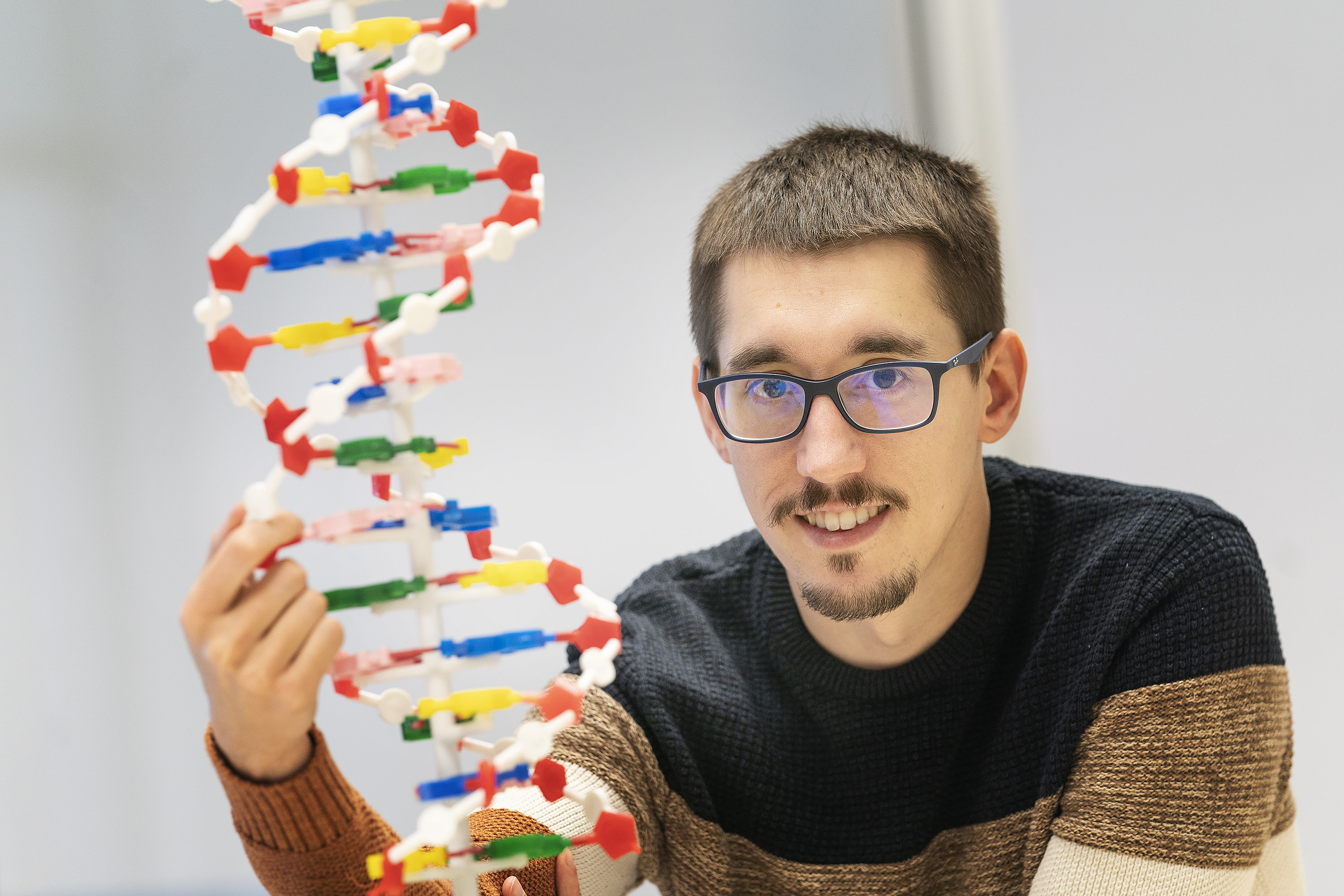
Analysis of ancient DNA from one of Britain's best-preserved Neolithic tombs has revealed that most of the people buried there belonged to five consecutive generations of a single extended family.
By analyzing DNA extracted from the bones and teeth of 35 individuals buried in the long burial mound at Hazleton North, in the Cotswolds-Severn region, the research team was able to detect that 27 of them were very close biological relatives. This group lived about 5,700 years ago - between 3,700 and 3,600 BC - about 100 years after agriculture was introduced to Britain.
This work, published in Nature, is the first study to reveal in such detail how prehistoric families were structured, and the international team of archaeologists and geneticists say the results bring to light new insights into Neolithic kinship and burials.
The research team, made up of archaeologists from the University of Newcastle (United Kingdom) and geneticists from the University of the Basque Country, the University of Vienna and Harvard University, shows that most of the people buried in the tomb were descendants of four women who had children with the same man.
The North Hazleton Mound consists of two L-shaped chambers located north and south of the long axis. After their death, individuals were interred within these two chambers, and research results indicate that men were generally interred with their father and male brothers, suggesting that the lineage was patrilineal and that subsequent generations buried in the tomb were completely linked to the first generation only through their male relatives.
Two of the daughters of the lineage who died in infancy were buried in the grave, but, nevertheless, there is a total absence of adult daughters, suggesting that as soon as they reached reproductive age they left their family of origin and their bodies were buried either in the graves of the men with whom they had offspring or in some other place.
Although the right to use the tomb passed through patrilineal ties, the choice of whether the individuals were buried in the area of the north or south chamber initially depended on the first generation woman from whom they descended, indicating that these first generation women were socially significant in the memory of this community.
According to the investigating staff, there are also indications that the "stepchildren" were adopted into the lineage, that is, men who were descended neither from the founding man nor from his children, but whose mother was buried in the grave and had children with one of these men. In addition, the team found no evidence that eight other individuals were biological relatives of members of the family tree, reinforcing the idea that biological relationship was not the only inclusion criterion. However, three of the bodies were female and it is possible that they had a reproductive partner in the tomb, but had no offspring or had daughters who, as adults, left the community, so they do not appear in the tomb.
Dr Chris Fowler, Head of Research and Head of Archeology at Newcastle University, says: "This study provides us with unprecedented insight into the kinship of a Neolithic community. The Hazleton North Tomb consists of two areas or chambers, accessed by a north entrance and, the other, by a south entrance. An extraordinary finding has been that at first each of the two halves of the tomb was used to bury the corpses of one of the two branches of the same family. This is of great importance because it suggests that the architectural arrangement of other Neolithic tombs could indicate how they were related. "
“The excellent preservation of DNA in the tomb and the use of the latest technologies for the recovery and analysis of ancient DNA have allowed us to discover and analyze the oldest family tree ever built, and thus understand more the social structure of these groups ”, points out Iñigo Olalde, ikerbasque researcher at the University of the Basque Country (UPV/EHU) and head of genetic research, and one of the first authors.
"This study reflects what I believe is the future of ancient DNA: archaeologists are able to apply ancient DNA analysis with high enough resolution to address the issues that really matter to them," adds David Reich of Harvard University, whose laboratory directed the process of generating ancient DNA.
Ron Pinhasi, from the University of Vienna, affirms that “a few years ago we could hardly think that we would get to know the structures of Neolithic kinship. But this is only the beginning and there is certainly much more to discover in other deposits in Great Britain, Atlantic France and other regions. "
The project was made possible through an international collaboration between archaeologists from the Universities of Newcastle, York, Exeter and Central Lancashire, and geneticists from the University of Vienna, the University of the Basque Country and Harvard University. The Corinium Museum in Cirencester authorized the taking of samples from the remains of its collection.
The work has received funding from a Ramón y Cajal grant from the Ministry of Science and Innovation of the Spanish Government (RYC2019-027909-I), Ikerbasque - Basque Foundation for Science, the National Institute of Health of the United States (grant GM100233), the John Templeton Foundation (grant 61220), a private gift from Jean-François Clin, the Allen Discovery Center program, a program advised by the Paul G. Allen Frontiers Group of the Paul G. Allen Family Foundation, and the Medical Institute Howard Hughes.
For further information: DOI: 10.1038/s41586-021-04241-4
.png)
